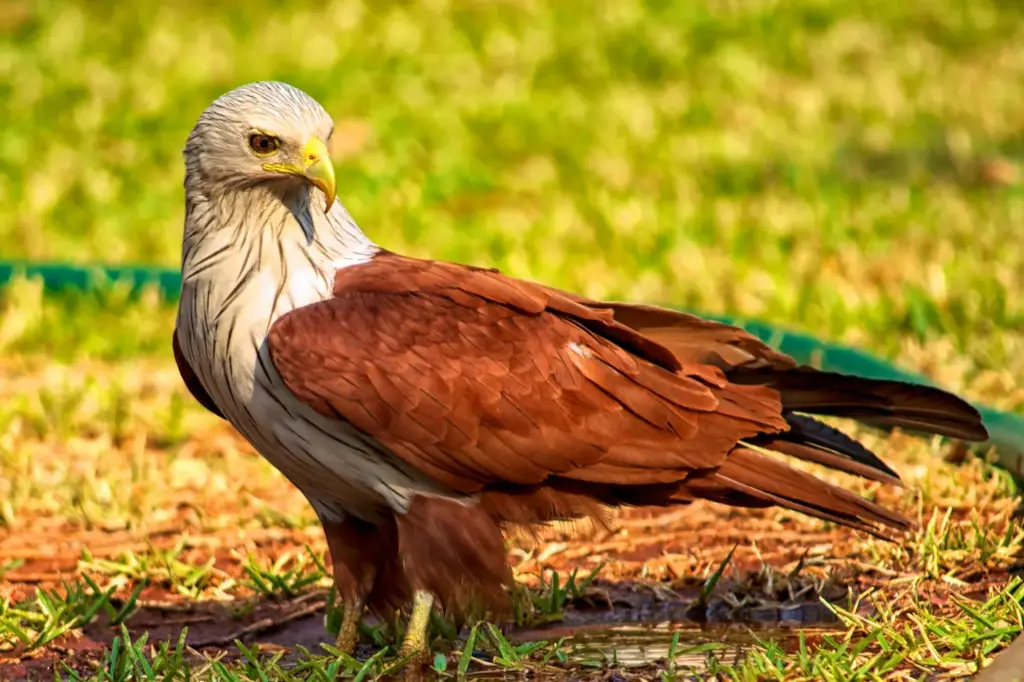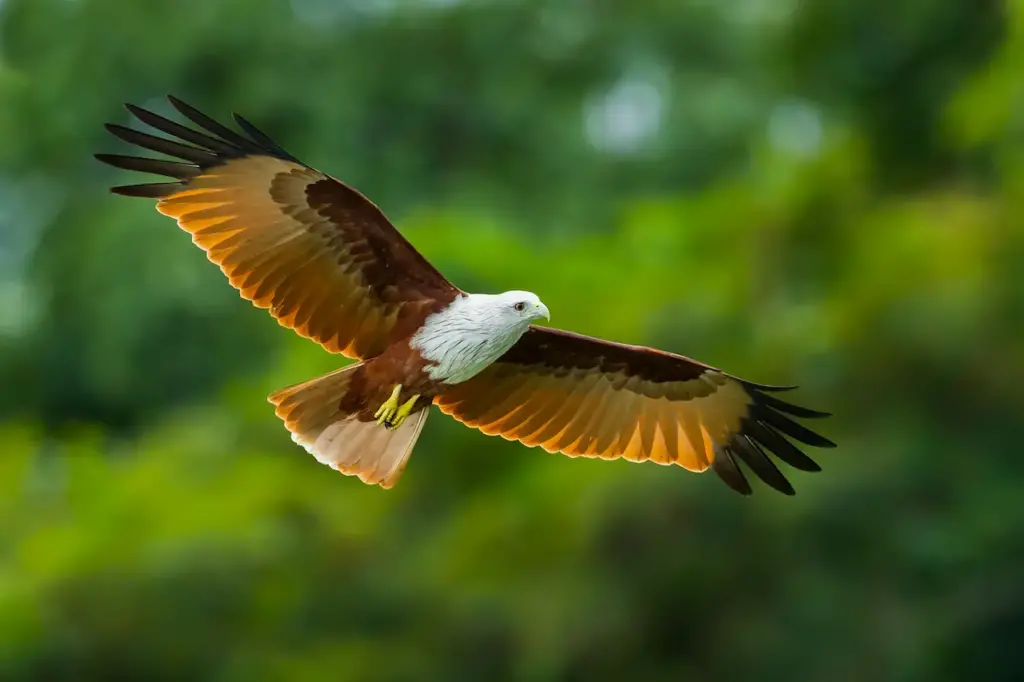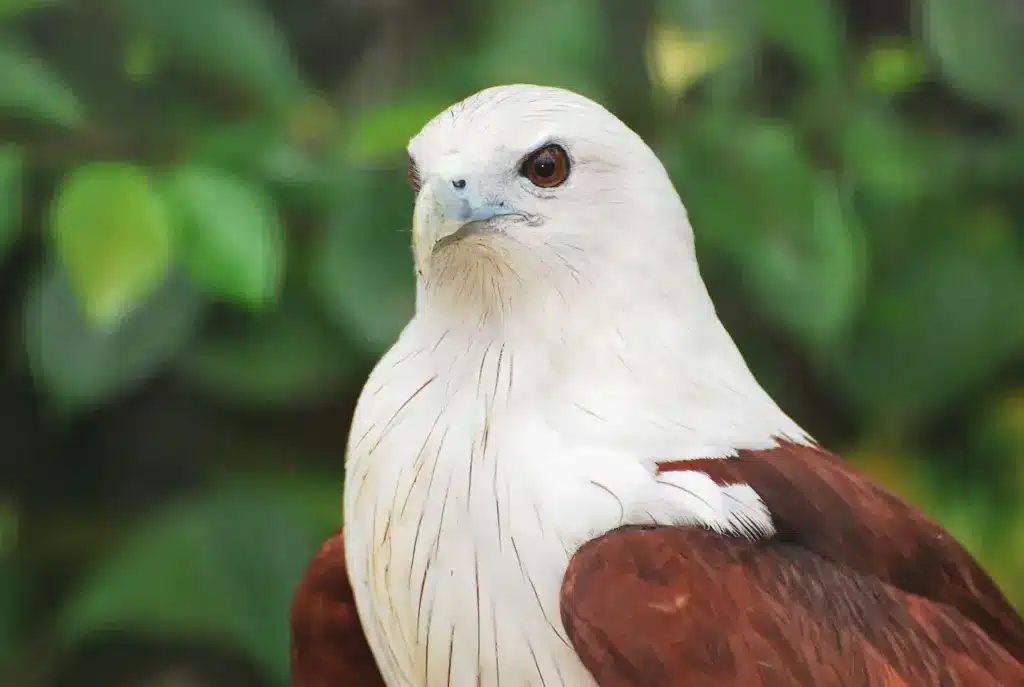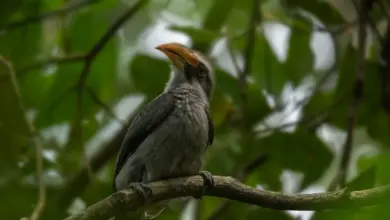Brahminy Kites (Haliastur indus)
Brahminy Kites (Haliastur indus)
The Brahminy Kites (Haliastur indus) are medium-sized raptors that are easily recognized by the white head and chest. They are also known as Red-backed Kites, White-and-red Eagle Kites or White-headed Kites.
These birds of prey are widespread throughout tropical Asia.
In Indonesia, they are known as elang bondol. The Brahminy Kite is the official mascot of the capital and largest city of Indonesia – Jakarta.

Distribution / Habitat
These magnificent raptors occur naturally on the Indian subcontinent, through southern China and Southeast Asia, and south into Australia as far south as New South Wales. In Australia, their range stretches across northern Australia, mainly along the coastline from Western Australia to northern New South Wales. However, they are more common in the north of its range.
Within their expansive range, these birds are mostly resident, except for some seasonal movements associated with rainfall in some parts of their range.
They are native to the following countries:
Australia, Bangladesh, Brunei Darussalam, Cambodia, China, India, Indonesia, Lao People’s Democratic Republic, Macao, Malaysia, Myanmar, Nepal, Pakistan, Papua New Guinea, Philippines, Singapore, Solomon Islands, Sri Lanka, Taiwan, Province of China, Thailand, Timor-Leste, Viet Nam
Vagrants:
Bhutan, Hong Kong, Maldives, Palau, Vanuatu
Also Reported in:
United Arab Emirates (unknown whether introduced or natural)
They are most commonly seen sailing on level wings along shorelines, mudflats, mangrove swamps, and estuaries. They are also observed in inland wetlands, flying over forests and rice paddies, and along rivers.
They are usually alone; in pairs; or small family groups. Occasionally, they roost in flocks on large and isolated trees; as many as 600 of them have been sighted at one location.
This species is classified as Least Concern on the IUCN Red List of Threatened Species. However, their numbers have declined in parts of their range, such as on the island of Java.
Subspecies and Ranges:
- Brahminy Kite (nominate) (Haliastur indus indus – Boddaert, 1783)
- Range: Pakistan, India, and Sri Lanka through Southeast Asia
- Brahminy Kite (intermedius) (Haliastur indus intermedius – Blyth, 1865)
- Range: Malay Peninsula, and in the Greater and Lesser Sundas, Sulawesi, the Philippines, and the Sula Islands
- Brahminy Kite (girrenera) (Haliastur indus girrenera – Vieillot, 1822)
- Range: Maluku Islands (Moluccas), New Guinea, the Bismarck Archipelago islands, and coastal northern Australia
- Brahminy Kite (flavirostris) (Haliastur indus flavirostris – Condon and Amadon, 1954)
- Range: Solomon Islands
Description
Size
Brahminy Kites measure about 18 – 20 inches (45 – 51 cm) in length and have a wingspan of 3.6 – 4.1 feet (109 – 124 cm). They weigh between 11.3 – 24 oz (320 – 670 g). The females tend to be slightly larger than the males.
Plumage Details / Adults
This kite has a sharply contrasting plumage; with a mostly bright chestnut body, except for a white head, neck, throat, upper belly, and flanks; a white-tipped tail and black outer flight feathers.

Gender ID
Males and females look alike, except females are often slightly larger.
Juvenile Description
Immature Brahminy Kites have brown plumages with darker upperparts, and a lighter head and underparts.
Similar Species
Adults are unmistakable, although could be confused with Ospreys; however, they are dark below rather than white.
Immature birds could be confused with
- The Asian Black Kite, which is darker, has longer wings and the tail is forked, rather than rounded.
- Red Kites can be identified by their forked tails;
- Whistling Kites, which have longer tails and distinctive underwing patterns;
- light-phase Little Eagles;
Diet / Feeding
Brahminy kites are known to be opportunistic scavengers that will eat just about anything, including food waste (from boats and rubbish dumps); carrion (dead animals), such as dead fish; and crabs.
They will also hunt live prey, such as small mammals (hares and bats), small birds, crustaceans (crabs), amphibians (frogs and snakes), small reptiles, fish, and insects.
Their diet varies considerably between different populations and is influenced by what is readily available in their habitat.
They forage by flying low above the ground or over water and snatch live prey or carrion from the surface. They also hunt from a waterside perch and capture prey in flight. They may also feed on the ground.
Interesting Behavior
Immature birds have been observed in playful behaviour, such as dropping leaves and attempting to catch them in the air.
When fishing over water, they may sometimes land in the water but manage to swim and take off without much trouble.
They are known to mob larger raptors, such as the much larger Steppe Eagles; (Aquila rapax); and steal prey from fish-hunting birds.
They have also been recorded taking advantage of Irrawaddy dolphins as they herd fish to the surface.
In one instance, one Brahminy Kite has been reported to feed on the honey at the hive of Dwarf Honey Bees (Apis florea) – reported on www.archive.org
Breeding / Nesting
In South Asia, most breeding takes place from December to April. In Australia, they usually breed from August to October in southern and eastern parts; and April to June in the north and west.
Brahminy pairs build untidy, compact nests using twigs, sticks, grass, seaweed, flotsam, and other materials found in their habitat. The nest, once completed, is usually about 24 – 35 inches (60 – 90 cm) wide and 6 -12 inches (15 – 30 cm) deep. The nest is typically situated close to water, 7 up to 99 feet (~2 – 30 meters) above the ground – often in a prominent fork of a tall tree; however, on rare occasions, they have nested on the ground under trees. The nests may be refurbished and reused over several seasons.

The average clutch consists of 1 – 3 dull white or bluish-white eggs, which are incubated for 26 – 35 days before hatching. The young leave the nest 40 to 56 days later but remain dependent on their parents for another two months. Both parents share the incubation duties and the feeding of the young.
Alternate (Global) Names
Bulgarian: ????????? ???? … Cebuano: banog … Chinese: ??, ??, ?? … Czech: Lunák brahmínský, lu?ák brahmínský … Danish: Brahminglente … Dutch: Brahmaanse Wouw … Estonian: valgepea-purihaugas … Finnish: Bramiinihaukka … French: Milan à tête blanche, Milan sacré … German: Brahminenweih … Indonesian: Boalemba, Bunéa, Elang bondol, Ulung-ulung … Italian: Nibbio bramino, Nibbio di Brahama … Japanese: shirogashiratobi … Malayalam: ?????????????? … Mamasa: teng-nge … Malay: Helang Ekor Cabang, Helang Merah … Maltese: Astun Rasu Bajda … Norwegian: Brahminy Kite, Braminglente … Polish: kania braminska, kania brami?ska … Russian: ?????????? ?????? … Slovak: haja brahmanská, Orliak brahmánský … Spanish: Milano Brahmán, Milano Bramánico … Swedish: Brahminglada, Braminglada … Thai: ?????????? … Vietnamese: Di?u l?a


